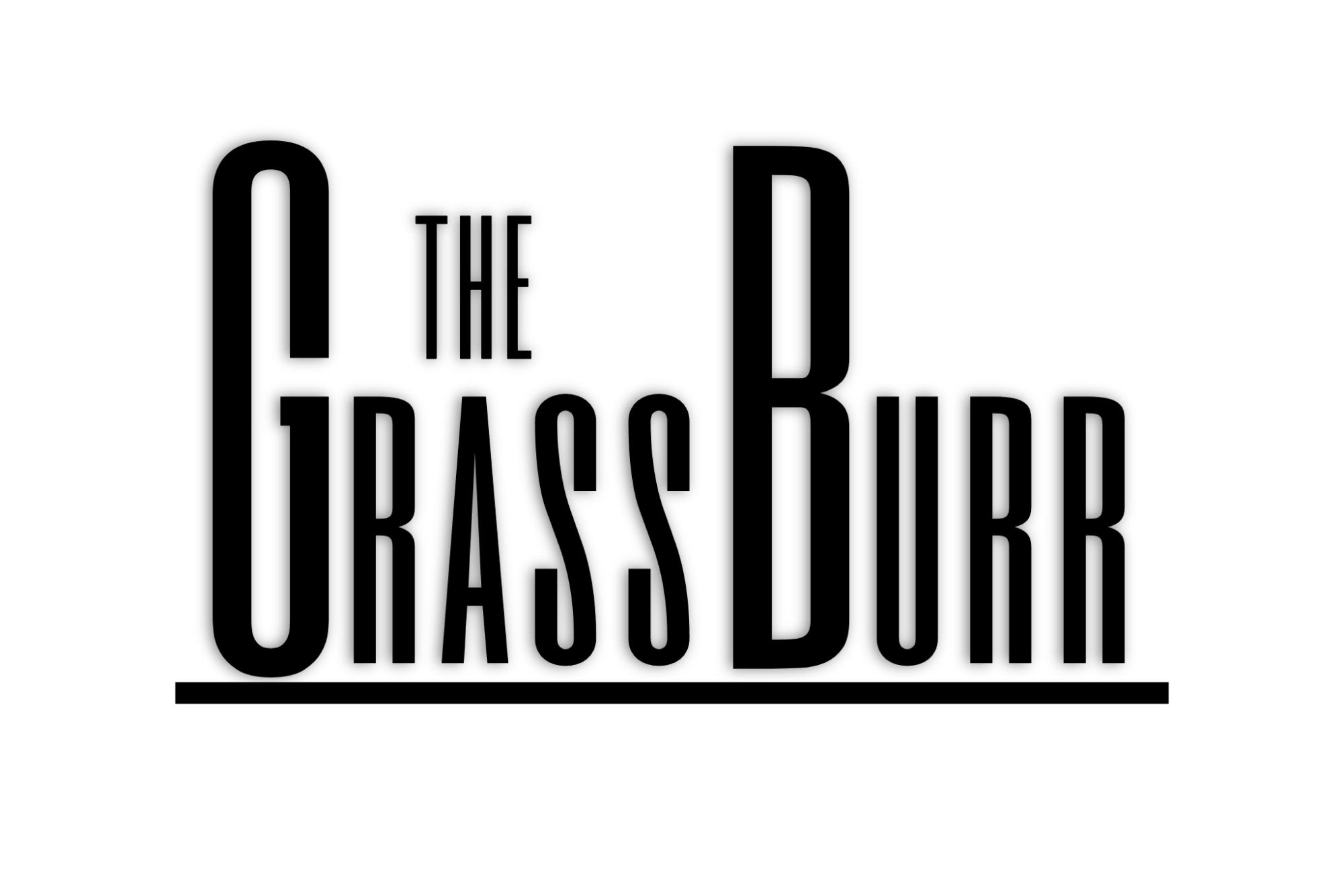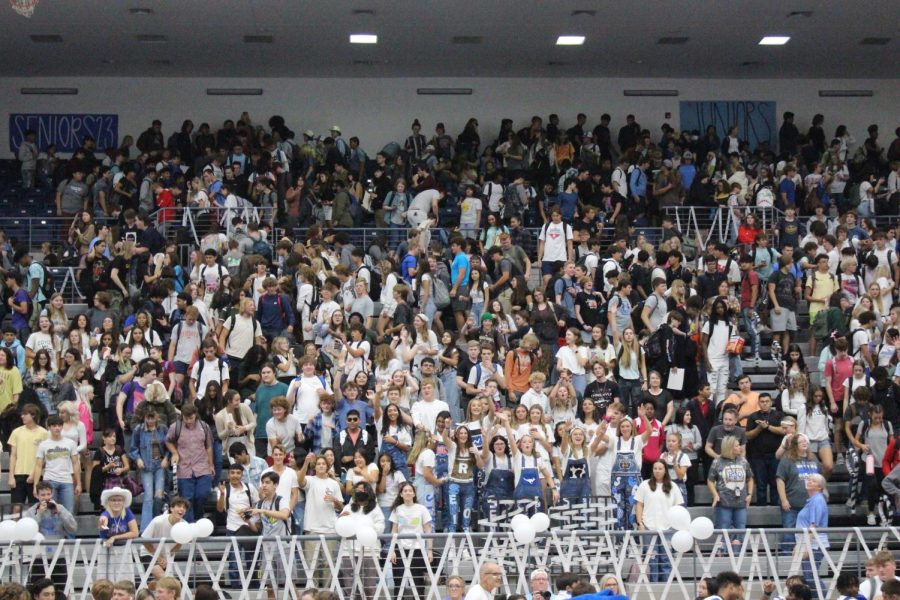Each day students get up in the morning and put on whatever they want to wear. It can be athletic wear, casual clothing, or just something comfortable and stylish. It can be black or blue, or white. Shoes can be high tops, heels, or crocs.
For students, it’s about freedom to express themselves. To wake up in the morning and choose an outfit that expresses how they feel that day.
So when the school says that students can’t wear hats due to security reasons, some understand but also feel a loss of uniqueness. That is what some students have said about the new “no hats” rule at WHS. Some students feel disrespected about how they can’t choose their own clothing, even something as small as a cap.
“Really, it’s kind of a strange rule because the administration is saying that hats obstruct our faces, which means we can get away with things, but we were fine wearing hats last year.,” said Junior Jaden Holley. “I can halfway understand the lanyard issue because of the Uvalde shooting, but hats, too? Seriously?”
Freshman Chole Brantley said as long as “teachers can see our faces we should be able to wear them.”
“It’s our style,” she said. “I don’t feel like it should be against the rules.”
Principal Dr. Bill Tommaney told a group of WHS journalism students that the no hats rule and the implementation of IDs on lanyards is about “safety and security,” even though he admitted that those measures cannot guarantee complete safety.
“It’s just another layer that does help raise the overall safety and security of the school,” Dr. Tommaney said. “I joke sometimes that my job is to be Dr. Joykill. That no one can have any fun at any time. That obviously is not our intent. Our intent is for you and me and everyone to be as safe and secure as possible. And the hats is a combination of a dress code expectation but also it is a safe and security thing because if we are to immediately pull up cameras, which we have done a number of times this year.”
Dr. Tommaney gave a recent example where a student threw some chocolate milk across the cafeteria.
“We can pull it up on the cameras immediately and determine who the student was who did that and take appropriate actions,” he said. “In the big picture you might think, oh, that’s not a big deal, but it is. That impacts the overall safety and security of students. I mean, chocolate milk most likely is not going to send someone to the hospital but if you have food being thrown at you at school that would be upsetting to you, would it not? That’s really the logic and reasoning behind it.”
Dress codes and changes at schools are nothing new. Such rules were not originally created to identify students faces against a threat or to keep students dressing modest, Dress code was to stop students from rallying and protesting against a large and dangerous war. It first began in 1969, when students began wearing black armbands to protest against the Vietnam war.
Of course that wasn’t always the case with dress code,
Mandatory uniforms were introduced to promote professionalism in schools. In Britain they had school uniforms tracing all the way back into the 1920’s. During this time, boys had to wear hats as a part of their uniforms; if they came to school without their caps, they’d be sent home for breaching the school policy.
The 1930s is when the boys were finally allowed to leave their uniformed hats at home. Surprisingly, the boys were happy about not having to cover their hair, they actually enjoyed styling their hair to fit the trends of the time.
Now dress codes are more focused on student security than professionalism like in past years. To prevent intruders or potential attacks, schools have turned to students wearing their ID badges on lanyards and forbidding the wearing of hats to ensure students safety while learning.
Many students said while they do not like the new rules they feel the administration has their best interest at heart.
“You have to have something in place, I know,” Holley said. “You can’t have kids walking around shirtless and wearing T-shirts saying negative things about the police.”
“From my seat it’s challenging,” Dr. Tommaney said. “I do care what our students think. I want them to have a great experience at Weatherford high school. I don’t want students to be resentful towards me or the administration. We know change is difficult. I just ask people to consider that maybe there is a bigger purpose of why we are having to do this. We are not just trying to infringe on your rights as individuals.”







